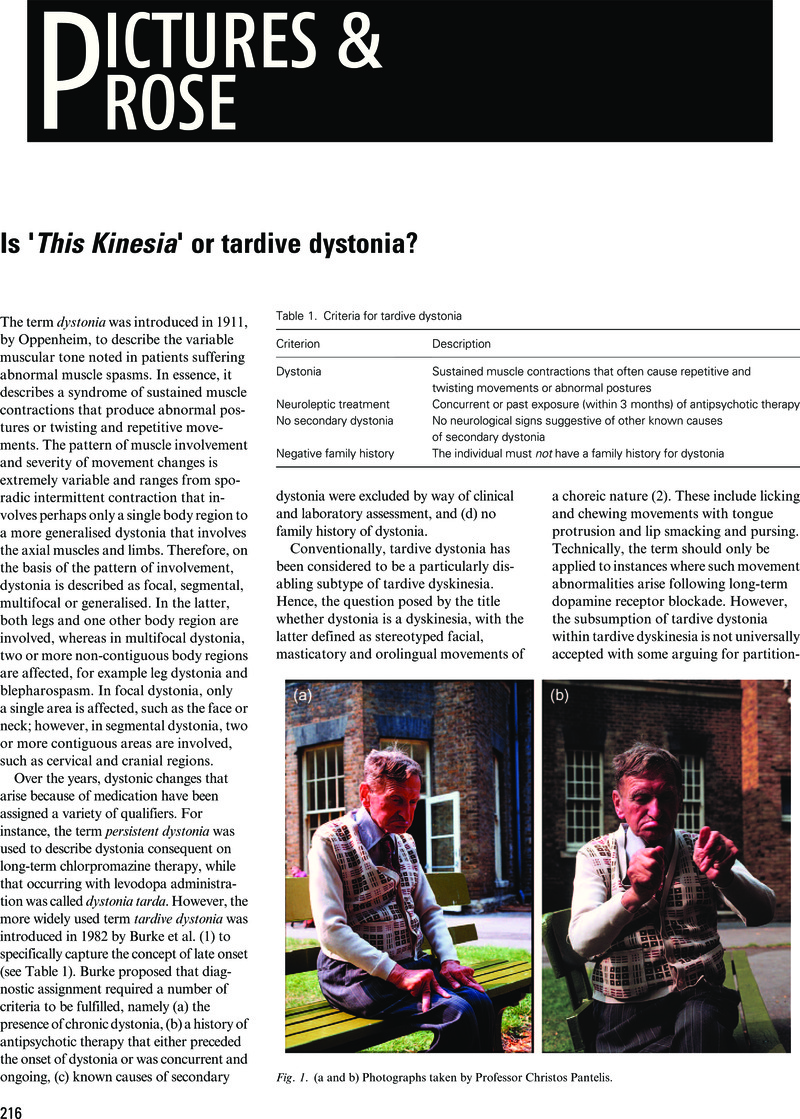Crossref Citations
This article has been cited by the following publications. This list is generated based on data provided by Crossref.
Malhi, Gin S.
Adams, Danielle
Cahill, Catherine M.
Dodd, Seetal
and
Berk, Michael
2009.
The Management of Individuals with Bipolar Disorder.
Drugs,
Vol. 69,
Issue. 15,
p.
2063.
Chen, Chun-Hsin
Shen, Winston W.
and
Lu, Mong-Liang
2010.
Resolution of tardive dyskinesia after the switch to aripiprazole.
Acta Neuropsychiatrica,
Vol. 22,
Issue. 3,
p.
162.
Kao, Yu-Cheng
Shiah, I-Shin
Lee, Wen-Kuei
Kuo, Shin-Chang
Huang, Chang-Chih
and
Ku, Yu-Chi
2010.
Deanxit-associated tardive dyskinesia and tardive akathisia in a depressed patient.
Acta Neuropsychiatrica,
Vol. 22,
Issue. 1,
p.
47.
Wu, Pei-Chuan
Shiah, I-Shin
Lee, Wen-Kuei
Chen, Chun-Yen
Kao, Yu-Cheng
and
Chou, Ming-Kuen
2010.
Amisulpride-associated acute Pisa syndrome in schizophrenia.
Acta Neuropsychiatrica,
Vol. 22,
Issue. 3,
p.
163.



